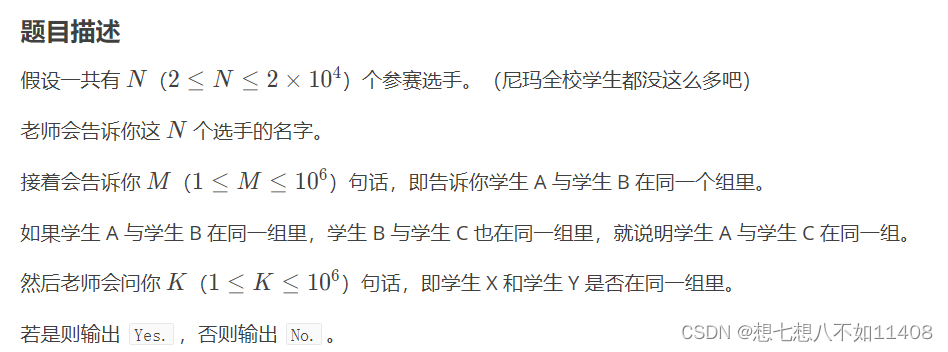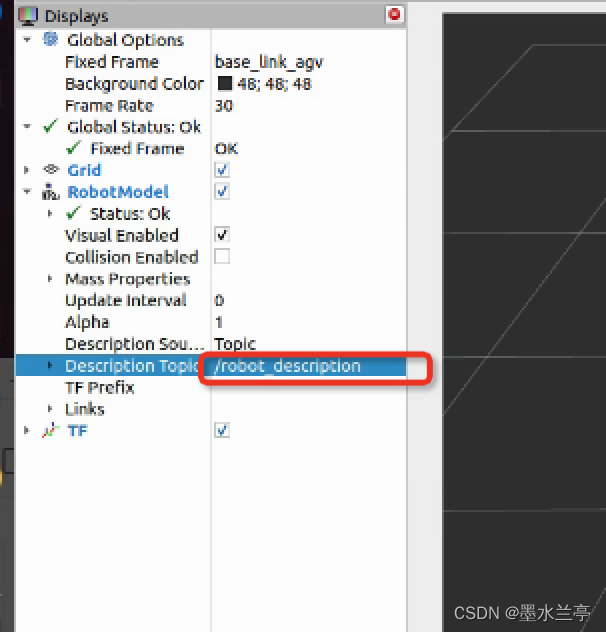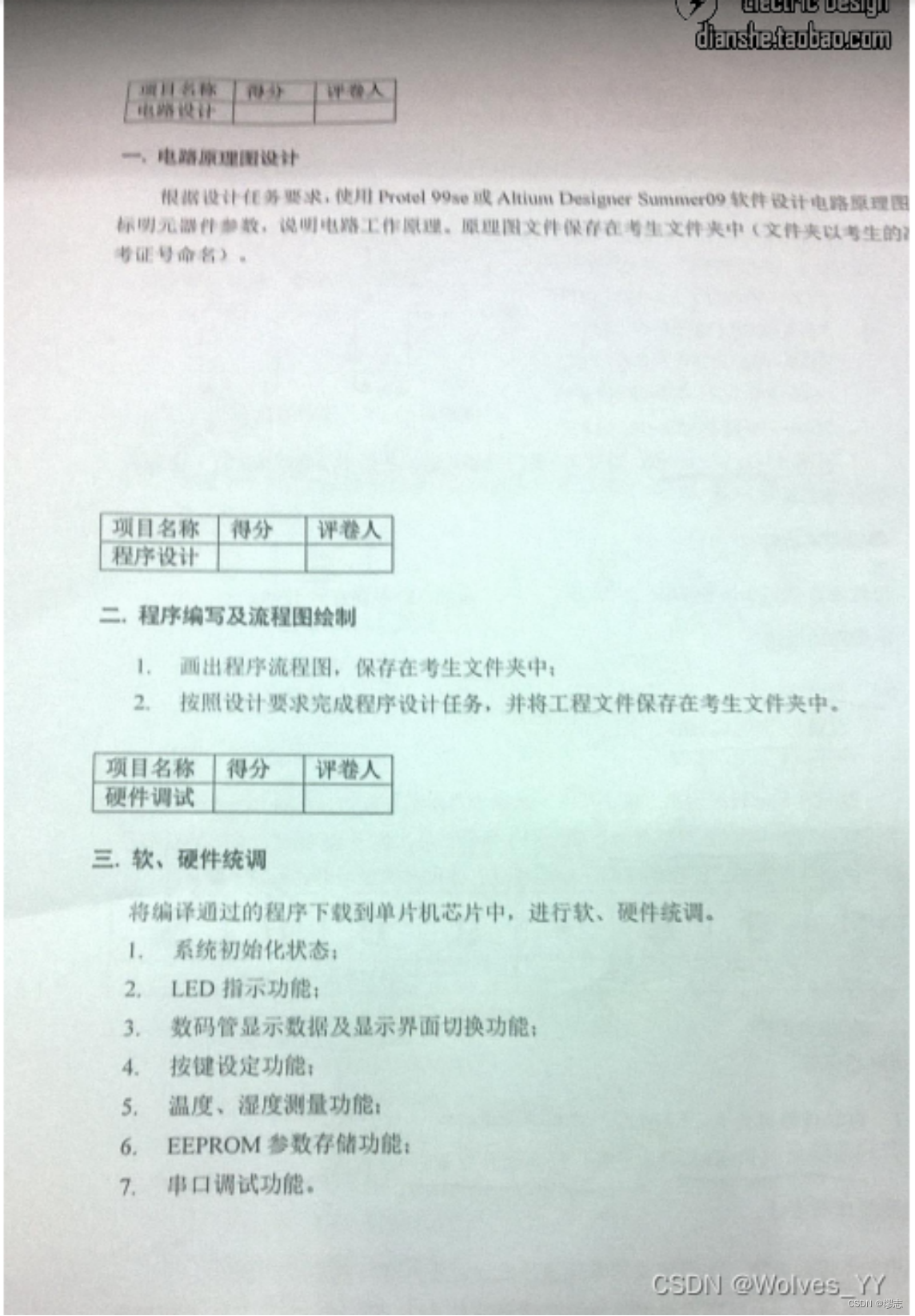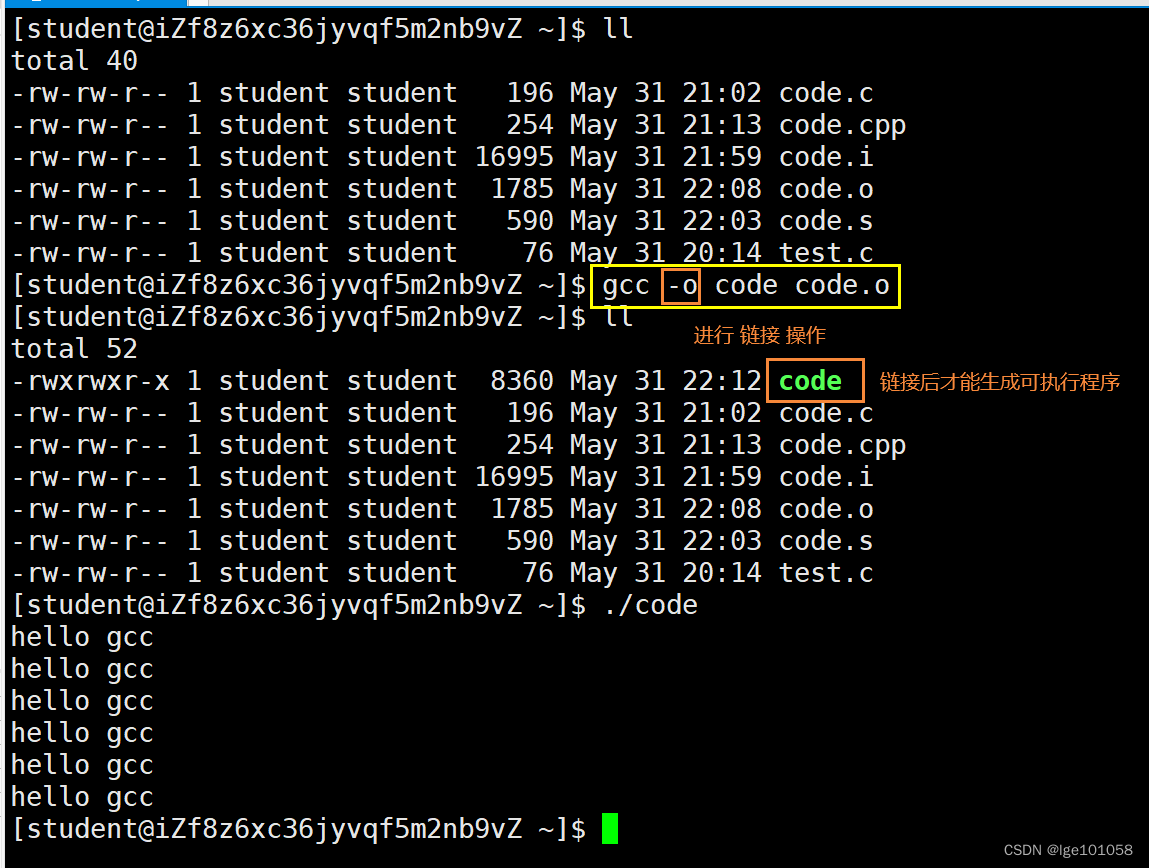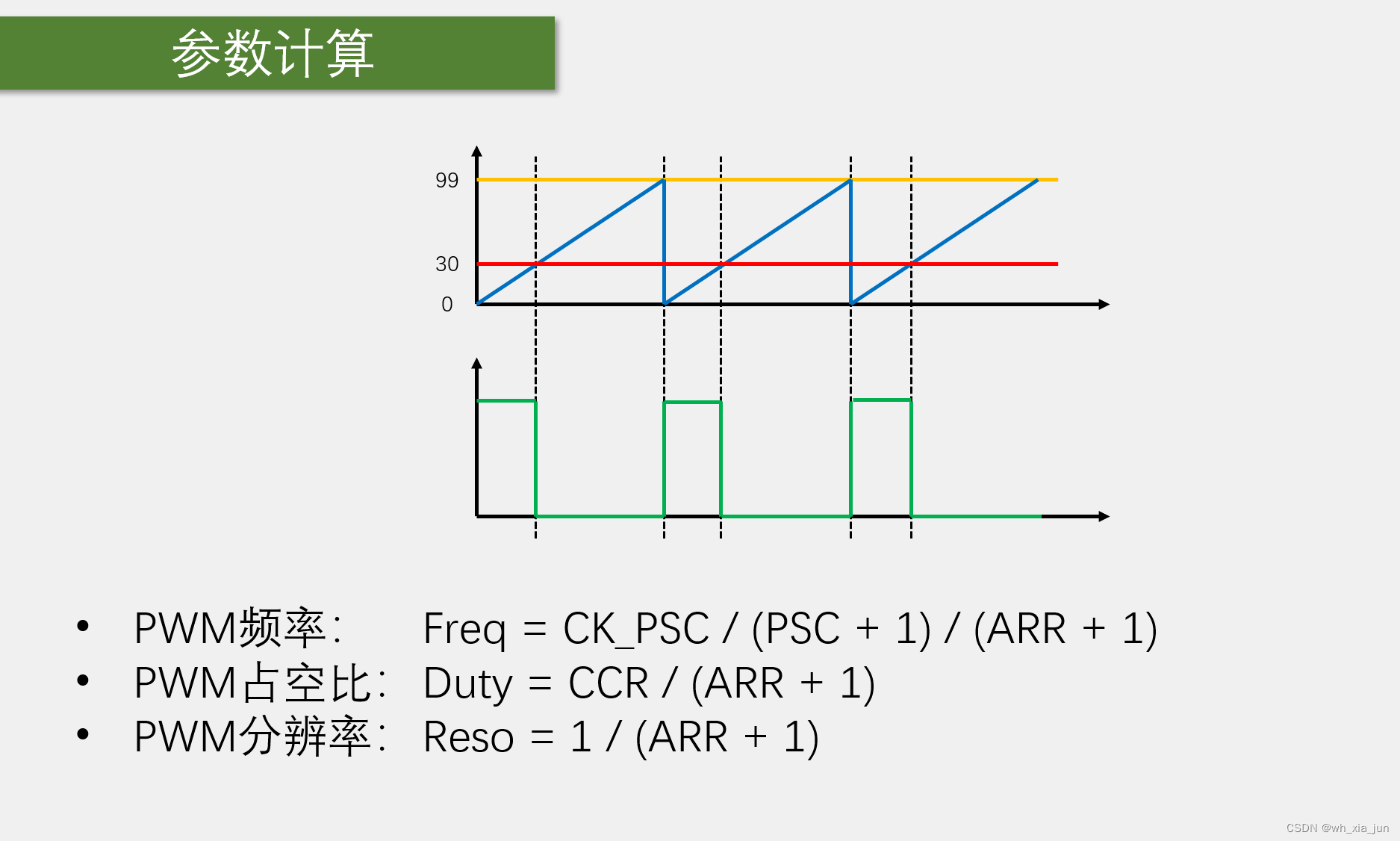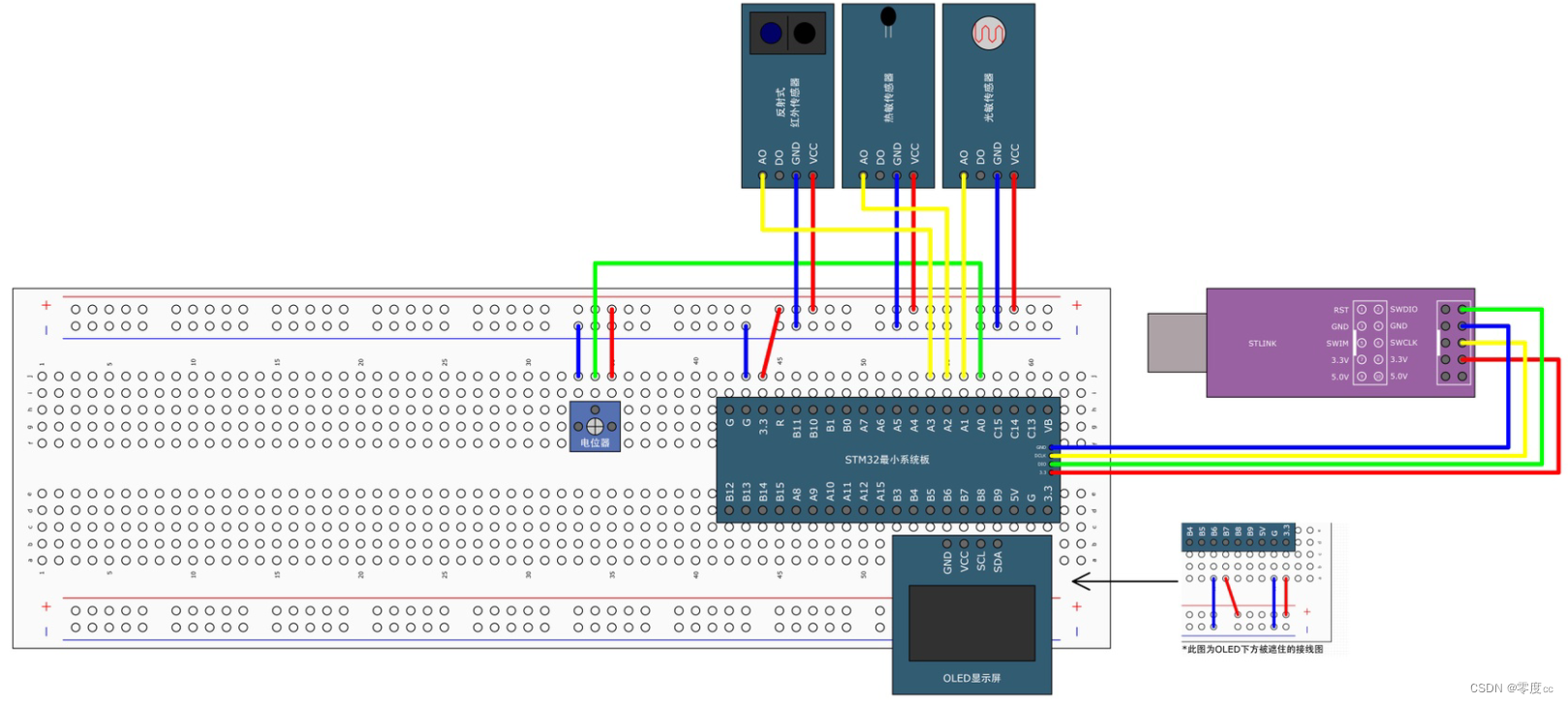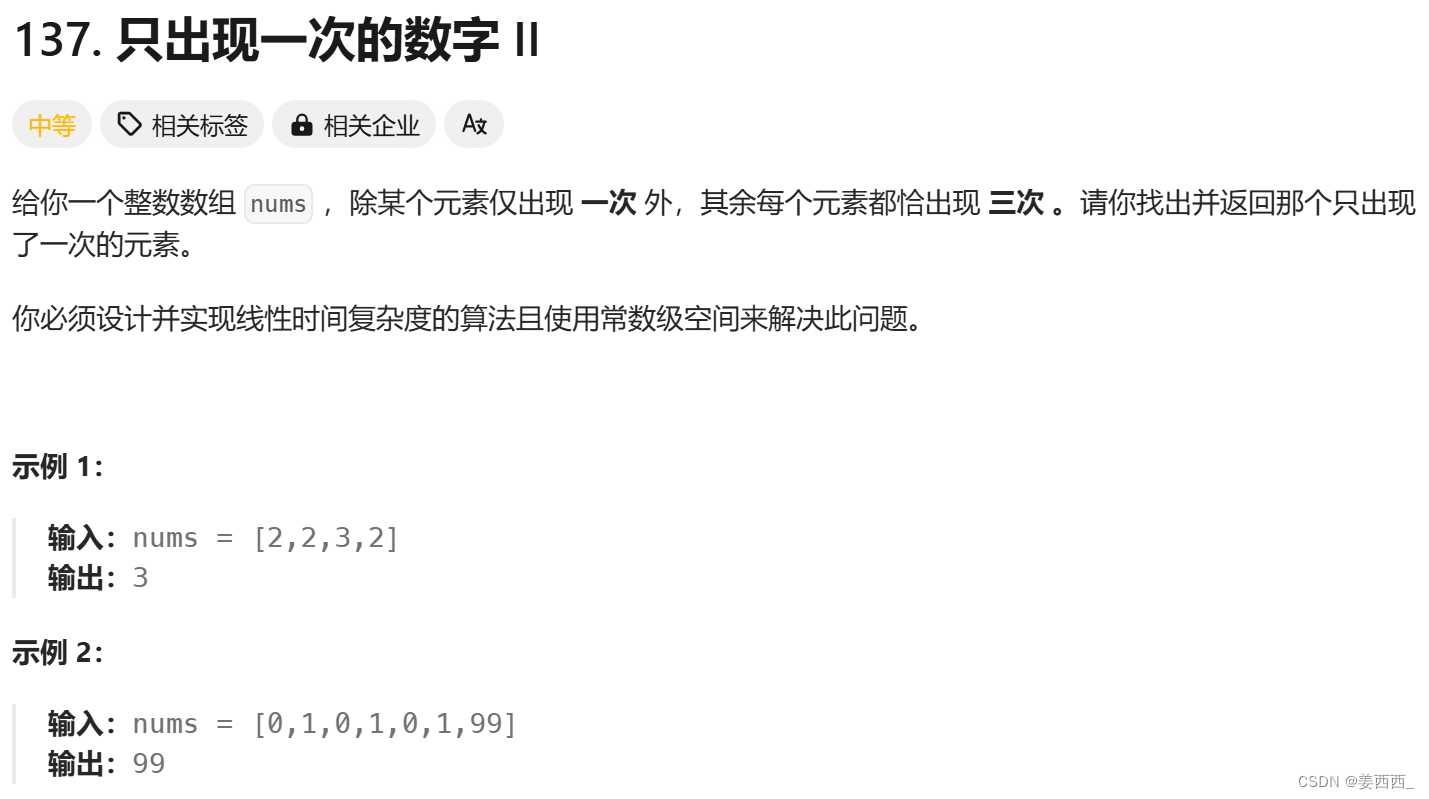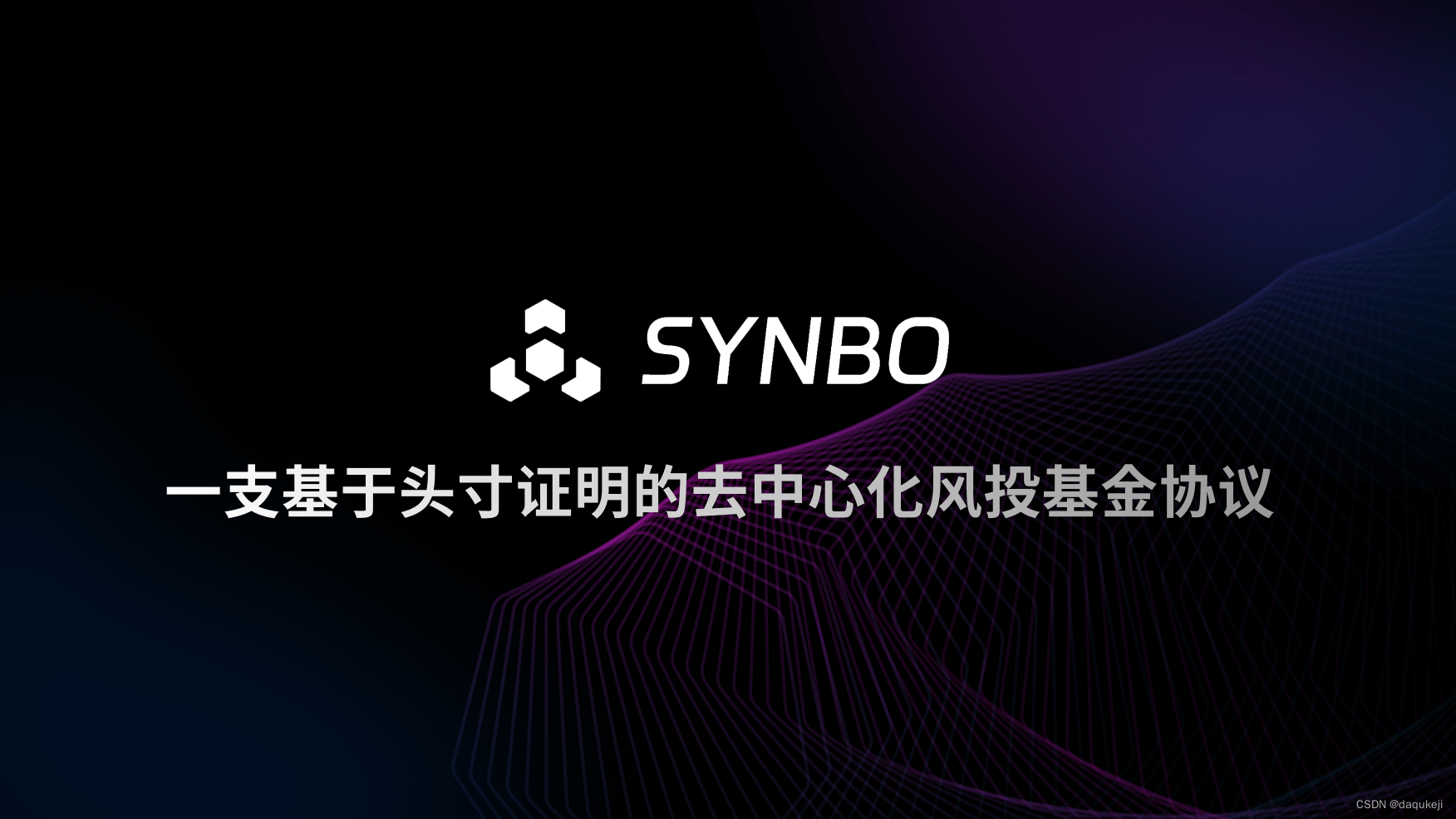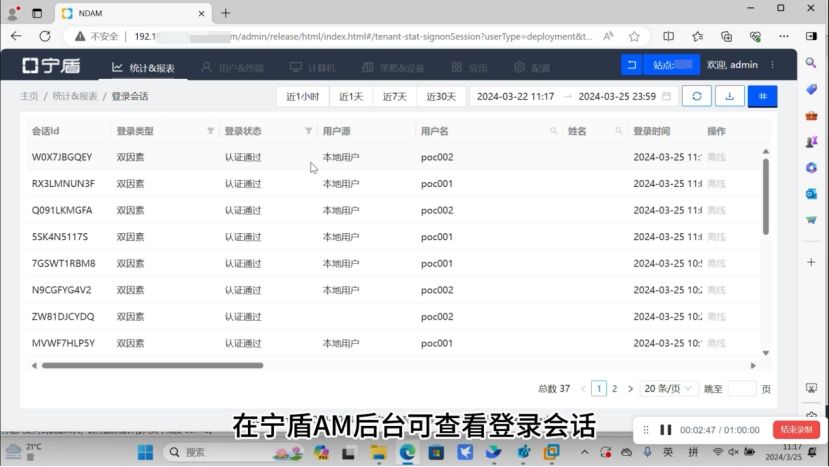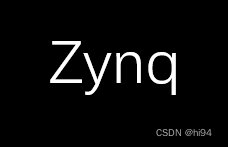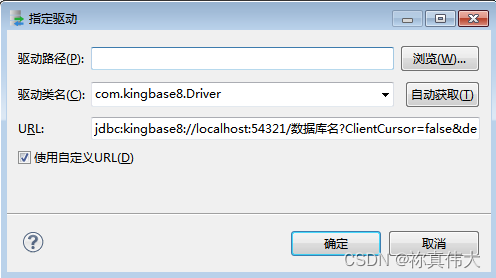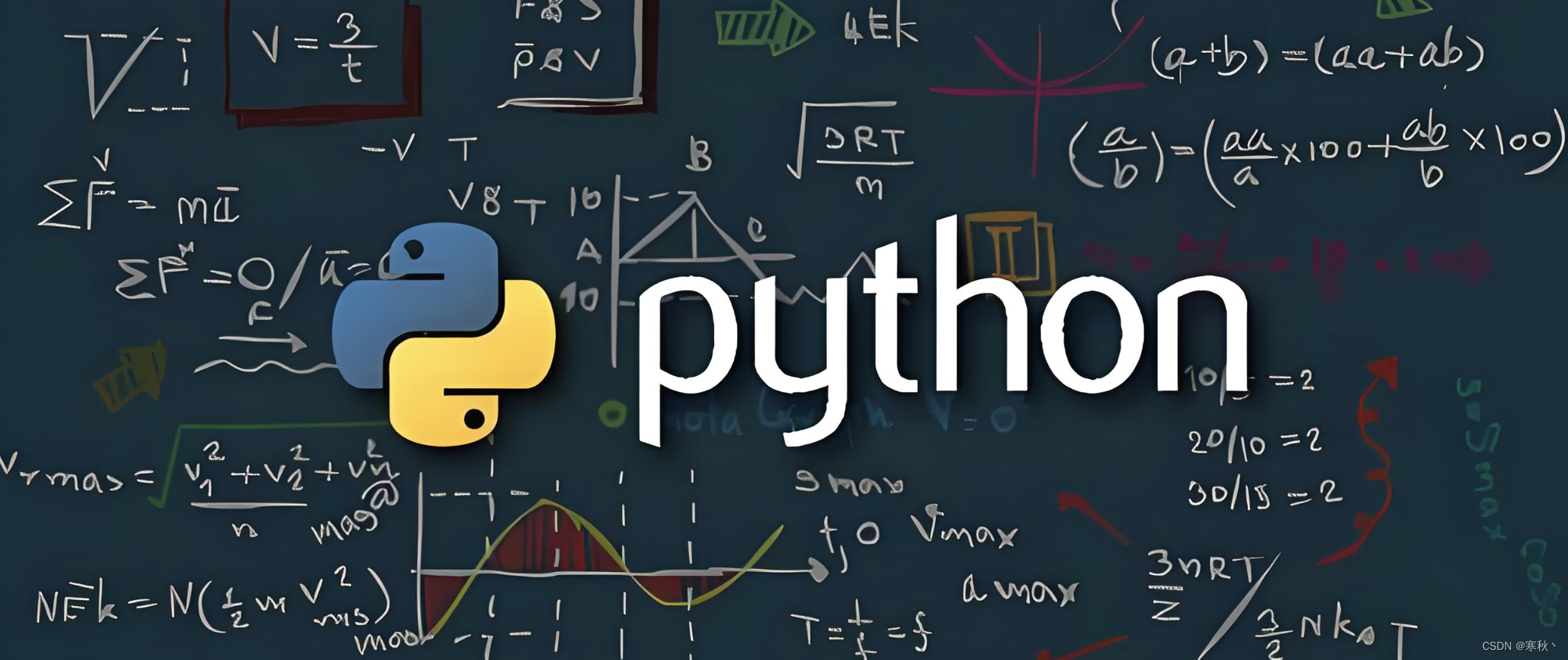
大家好,Python作为一种高级编程语言,以其简洁、优雅和易读性而闻名。然而,Python的强大之处不仅仅在于其语法的简洁性,还在于其灵活的面向对象编程范式。在Python中,有一类特殊的方法被称为“魔法函数”,它们以双下划线(__)开头和结尾,为Python提供了一种强大的机制,使得用户能够定制类的行为,使其更加符合特定的需求和使用场景。
一、介绍
1、什么是Python魔法函数?
在Python中,魔法函数是一类特殊的方法,它们以双下划线(__)开头和结尾,在特定情况下由Python解释器自动调用。这些方法被称为“魔法”,因为它们能够在不显式调用的情况下,在类定义中执行特定的操作。由于它们对于Python对象的行为具有隐式的影响,因此被称为“魔法”。
魔法函数的存在使得Python类能够像内置数据类型一样进行操作,使得代码更加简洁、灵活,并且易于理解。通过合理地使用魔法函数,可以使得自定义的类更加符合Python的惯例和语言规范,同时提高代码的可读性和可维护性。
2、魔法函数的重要性
Python魔法函数在编写面向对象的代码时至关重要。它们提供了一种简洁、优雅的方式来定制类的行为,使得用户能够更加灵活地使用和扩展已有的类。通过合理地使用魔法函数,用户可以使得自定义的类更加符合Python的惯例和语言规范,同时提高代码的可读性和可维护性。
3、简单示例说明魔法函数是如何工作的
让我们通过一个简单的示例来说明魔法函数是如何工作的。假设我们有一个名为Point的类,用于表示二维平面上的点,并且我们想要定义一个魔法函数来计算两个点之间的距离。
import math
class Point:
def __init__(self, x, y):
self.x = x
self.y = y
def __str__(self):
return f"({self.x}, {self.y})"
def distance_to(self, other_point):
return math.sqrt((self.x - other_point.x)**2 + (self.y - other_point.y)**2)
# 创建两个点对象
p1 = Point(0, 0)
p2 = Point(3, 4)
# 输出点的字符串表示
print("Point 1:", p1) # 输出:Point 1: (0, 0)
print("Point 2:", p2) # 输出:Point 2: (3, 4)
# 计算两点之间的距离
distance = p1.distance_to(p2)
print("Distance between points:", distance) # 输出:Distance between points: 5.0
在上面的示例中,我们定义了一个Point类,并实现了__init__、__str__和distance_to等方法。其中,__init__方法用于初始化对象,__str__方法用于返回对象的字符串表示,distance_to方法用于计算两个点之间的距离。
当我们使用print()函数输出点对象时,Python解释器会自动调用__str__方法来获取对象的字符串表示。而当我们调用p1.distance_to(p2)时,Python解释器会自动调用distance_to方法来计算两个点之间的距离。这些魔法函数的存在使得我们能够以一种更加直观和自然的方式操作对象,从而使得代码更加清晰和易于理解。
二、常用的魔法函数及其作用
下面将介绍一些常见的魔法函数以及对应的示例:
1、__init__(self, ...)
初始化对象。
class MyClass:
def __init__(self, value):
self.value = value
obj = MyClass(10)
2、__str__(self)
返回对象的字符串表示。
class MyClass:
def __init__(self, value):
self.value = value
def __str__(self):
return f"MyClass with value: {self.value}"
obj = MyClass(10)
print(obj) # 输出: MyClass with value: 10
3、__repr__(self)
返回对象的“官方”字符串表示,通常用于调试。
class MyClass:
def __init__(self, value):
self.value = value
def __repr__(self):
return f"MyClass({self.value})"
obj = MyClass(10)
print(obj) # 输出: MyClass(10)
4、__len__(self)
返回对象的长度。
class MyList:
def __init__(self, items):
self.items = items
def __len__(self):
return len(self.items)
my_list = MyList([1, 2, 3, 4])
print(len(my_list)) # 输出: 4
5、__getitem__(self, key)
获取对象的某个元素。
class MyList:
def __init__(self, items):
self.items = items
def __getitem__(self, index):
return self.items[index]
my_list = MyList([1, 2, 3, 4])
print(my_list[2]) # 输出: 3
6、__setitem__(self, key, value)
设置对象的某个元素。
class MyList:
def __init__(self, items):
self.items = items
def __setitem__(self, index, value):
self.items[index] = value
my_list = MyList([1, 2, 3, 4])
my_list[2] = 10
print(my_list.items) # 输出: [1, 2, 10, 4]
7、__delitem__(self, key)
删除对象的某个元素。
class MyList:
def __init__(self, items):
self.items = items
def __delitem__(self, index):
del self.items[index]
my_list = MyList([1, 2, 3, 4])
del my_list[2]
print(my_list.items) # 输出: [1, 2, 4]
8、__contains__(self, item)
判断对象是否包含某个元素。
class MyList:
def __init__(self, items):
self.items = items
def __contains__(self, item):
return item in self.items
my_list = MyList([1, 2, 3, 4])
print(2 in my_list) # 输出: True
9、__iter__(self)
返回迭代器对象,用于支持对象的迭代。
class MyList:
def __init__(self, items):
self.items = items
def __iter__(self):
return iter(self.items)
my_list = MyList([1, 2, 3, 4])
for item in my_list:
print(item) # 输出: 1 2 3 4
10、__next__(self)
迭代器的下一个元素。
class MyIterator:
def __init__(self, data):
self.data = data
self.index = 0
def __iter__(self):
return self
def __next__(self):
if self.index >= len(self.data):
raise StopIteration
result = self.data[self.index]
self.index += 1
return result
my_iterator = MyIterator([1, 2, 3, 4])
for item in my_iterator:
print(item) # 输出: 1 2 3 4
11、__call__(self, ...)
使对象可以像函数一样被调用。
class MyCallable:
def __call__(self, x, y):
return x + y
add = MyCallable()
print(add(3, 5)) # 输出: 8
12、__add__(self, other)
实现对象的加法。
class MyClass:
def __init__(self, value):
self.value = value
def __add__(self, other):
return self.value + other
obj = MyClass(10)
result = obj + 5
print(result) # 输出: 15
13、__sub__(self, other)
实现对象的减法。
class MyClass:
def __init__(self, value):
self.value = value
def __sub__(self, other):
return self.value - other
obj = MyClass(10)
result = obj - 3
print(result) # 输出: 7
14、__mul__(self, other)
实现对象的乘法。
class MyClass:
def __init__(self, value):
self.value = value
def __mul__(self, other):
return self.value * other
obj = MyClass(10)
result = obj * 2
print(result) # 输出: 20
15、__truediv__(self, other)
实现对象的真除法。
class MyClass:
def __init__(self, value):
self.value = value
def __truediv__(self, other):
return self.value / other
obj = MyClass(10)
result = obj / 2
print(result) # 输出: 5.0
16、__floordiv__(self, other)
实现对象的整除法。
class MyClass:
def __init__(self, value):
self.value = value
def __floordiv__(self, other):
return self.value // other
obj = MyClass(10)
result = obj // 3
print(result) # 输出: 3
17、__mod__(self, other)
实现对象的取模运算。
class MyClass:
def __init__(self, value):
self.value = value
def __mod__(self, other):
return self.value % other
obj = MyClass(10)
result = obj % 3
print(result) # 输出: 1
18、__pow__(self, other[, modulo])
实现对象的幂运算。
class MyClass:
def __init__(self, value):
self.value = value
def __pow__(self, other, modulo=None):
return self.value ** other
obj = MyClass(2)
result = obj ** 3
print(result) # 输出: 8
19、__eq__(self, other)
实现对象的等于比较。
class MyClass:
def __init__(self, value):
self.value = value
def __eq__(self, other):
return self.value == other
obj = MyClass(10)
result = obj == 10
print(result) # 输出: True
20、__ne__(self, other)
实现对象的不等于比较。
class MyClass:
def __init__(self, value):
self.value = value
def __ne__(self, other):
return self.value != other
obj = MyClass(10)
result = obj != 5
print(result) # 输出: True
21、__lt__(self, other)
实现对象的小于比较。
class MyClass:
def __init__(self, value):
self.value = value
def __lt__(self, other):
return self.value < other
obj = MyClass(10)
result = obj < 15
print(result) # 输出: True
22、__le__(self, other)
实现对象的小于等于比较。
class MyClass:
def __init__(self, value):
self.value = value
def __le__(self, other):
return self.value <= other
obj = MyClass(10)
result = obj <= 10
print(result) # 输出: True
23、__gt__(self, other)
实现对象的大于比较。
class MyClass:
def __init__(self, value):
self.value = value
def __gt__(self, other):
return self.value > other
obj = MyClass(10)
result = obj > 5
print(result) # 输出: True
24、__ge__(self, other)
实现对象的大于等于比较。
class MyClass:
def __init__(self, value):
self.value = value
def __ge__(self, other):
return self.value >= other
obj = MyClass(10)
result = obj >= 10
print(result) # 输出: True
25、__hash__(self)
返回对象的哈希值,用于支持对象在字典等哈希表数据结构中的使用。
class MyClass:
def __init__(self, value):
self.value = value
def __hash__(self):
return hash(self.value)
obj = MyClass(10)
print(hash(obj)) # 输出: 10
26、__bool__(self)
返回对象的布尔值,用于控制对象在布尔上下文中的行为。
class MyClass:
def __init__(self, value):
self.value = value
def __bool__(self):
return self.value > 0
obj1 = MyClass(10)
obj2 = MyClass(0)
print(bool(obj1)) # 输出: True
print(bool(obj2)) # 输出: False
27、__getattr__(self, name)
获取对象的属性,当属性不存在时被调用。
class MyClass:
def __init__(self, value):
self.value = value
def __getattr__(self, name):
return f"Attribute {name} not found"
obj = MyClass(10)
print(obj.foo) # 输出: Attribute foo not found
28、__setattr__(self, name, value)
设置对象的属性。
class MyClass:
def __init__(self, value):
self.value = value
def __setattr__(self, name, value):
print(f"Setting attribute {name} to {value}")
super().__setattr__(name, value)
obj = MyClass(10)
obj.foo = 'bar' # 输出: Setting attribute foo to bar
29、__delattr__(self, name)
删除对象的属性。
class MyClass:
def __init__(self, value):
self.value = value
def __delattr__(self, name):
print(f"Deleting attribute {name}")
super().__delattr__(name)
obj = MyClass(10)
del obj.value # 输出: Deleting attribute value
30、__dir__(self)
返回对象的属性列表。
class MyClass:
def __init__(self, value):
self.value = value
def __dir__(self):
return ['value']
obj = MyClass(10)
print(dir(obj)) # 输出: ['value']
31、__enter__(self)
进入上下文管理器时调用的方法,通常与 with 语句一起使用。
class MyResource:
def __enter__(self):
print("Entering the context")
return self
def __exit__(self, exc_type, exc_value, traceback):
print("Exiting the context")
with MyResource() as res:
print("Inside the context")
# 输出:
# Entering the context
# Inside the context
# Exiting the context
32、__exit__(self, exc_type, exc_value, traceback)
退出上下文管理器时调用的方法,通常与 with 语句一起使用。
class MyResource:
def __enter__(self):
print("Entering the context")
return self
def __exit__(self, exc_type, exc_value, traceback):
print("Exiting the context")
with MyResource():
print("Inside the context")
# 输出:
# Entering the context
# Inside the context
# Exiting the context
三、自定义魔法函数
自定义魔法函数是通过在自定义类中定义特殊方法(以双下划线开头和结尾的方法)来实现的。这些魔法方法允许自定义类模拟内置类型的行为,例如算术运算、比较、字符串表示等。
下面是如何在自定义类中定义和使用自定义的魔法函数的详细介绍:
-
选择合适的魔法函数:首先,确定你想要模拟的内置类型行为,并选择适合的魔法函数。例如,如果你想要支持对象的加法运算,你可以实现
__add__方法。 -
在类中定义魔法函数:在自定义类中定义选定的魔法函数,并实现相应的逻辑。确保你的魔法函数接受适当数量的参数,并按照预期返回结果。
-
使用自定义的魔法函数:创建类的实例并使用定义的魔法函数来执行相应的操作。
下面是一个示例,展示如何在自定义类中实现自己的 __add__ 和 __str__ 魔法函数:
class Point:
def __init__(self, x, y):
self.x = x
self.y = y
def __add__(self, other):
if isinstance(other, Point):
# 如果 other 是 Point 类的实例,则执行向量加法
return Point(self.x + other.x, self.y + other.y)
elif isinstance(other, (int, float)):
# 如果 other 是整数或浮点数,则执行标量加法
return Point(self.x + other, self.y + other)
else:
# 其他情况下引发 TypeError
raise TypeError("Unsupported operand type for +")
def __str__(self):
return f"({self.x}, {self.y})"
# 创建两个 Point 对象
p1 = Point(1, 2)
p2 = Point(3, 4)
# 使用 __add__ 进行向量加法
result_vector = p1 + p2
print("Vector Addition Result:", result_vector) # 输出: Vector Addition Result: (4, 6)
# 使用 __add__ 进行标量加法
result_scalar = p1 + 5
print("Scalar Addition Result:", result_scalar) # 输出: Scalar Addition Result: (6, 7)
在上面的示例中,我们定义了一个 Point 类,并在该类中实现了 __add__ 方法来支持向量加法和标量加法。同时,我们还实现了 __str__ 方法来返回对象的字符串表示。最后,我们创建了两个 Point 对象并进行加法运算,演示了自定义魔法函数的使用。
四、魔法函数的应用
魔法函数在实际编程中有许多应用场景,它们可以使代码更加简洁、清晰和易于维护。下面是一些常见的魔法函数的实际应用和示例:
1、迭代器和可迭代对象
通过实现 __iter__ 和 __next__ 方法,可以将一个类变成可迭代对象或迭代器,使其能够被 for 循环等语句使用。
class MyRange:
def __init__(self, start, end):
self.start = start
self.end = end
def __iter__(self):
return self
def __next__(self):
if self.start >= self.end:
raise StopIteration
current = self.start
self.start += 1
return current
# 使用自定义的迭代器
for num in MyRange(1, 5):
print(num) # 输出: 1 2 3 4
2、运算符重载
通过实现 __add__、__sub__ 等方法,可以使对象支持常见的算术运算,增强类的功能性。
class Vector:
def __init__(self, x, y):
self.x = x
self.y = y
def __add__(self, other):
if isinstance(other, Vector):
return Vector(self.x + other.x, self.y + other.y)
else:
raise TypeError("Unsupported operand type for +")
# 使用自定义的运算符重载
v1 = Vector(1, 2)
v2 = Vector(3, 4)
result = v1 + v2
print(result.x, result.y) # 输出: 4 6
3、上下文管理器
通过实现 __enter__ 和 __exit__ 方法,可以创建上下文管理器,用于资源管理和异常处理等场景。
class FileManager:
def __init__(self, filename, mode):
self.filename = filename
self.mode = mode
def __enter__(self):
self.file = open(self.filename, self.mode)
return self.file
def __exit__(self, exc_type, exc_value, traceback):
self.file.close()
# 使用自定义的上下文管理器
with FileManager('example.txt', 'w') as f:
f.write('Hello, world!')
4、属性访问控制
通过实现 __getattr__、__setattr__ 等方法,可以控制对象属性的访问、设置和删除。
class ProtectedAttributes:
def __init__(self):
self._protected = 0
def __getattr__(self, name):
if name == 'protected':
raise AttributeError("This attribute is protected")
else:
return super().__getattr__(name)
def __setattr__(self, name, value):
if name == 'protected':
raise AttributeError("Cannot set protected attribute")
else:
super().__setattr__(name, value)
# 使用自定义的属性访问控制
obj = ProtectedAttributes()
obj.public = 1
print(obj.public) # 输出: 1
obj.protected = 2 # 引发 AttributeError
这些示例展示了魔法函数在实际编程中的应用,它们使得代码更加简洁、清晰和易于维护,同时也增强了类的功能性和灵活性。
